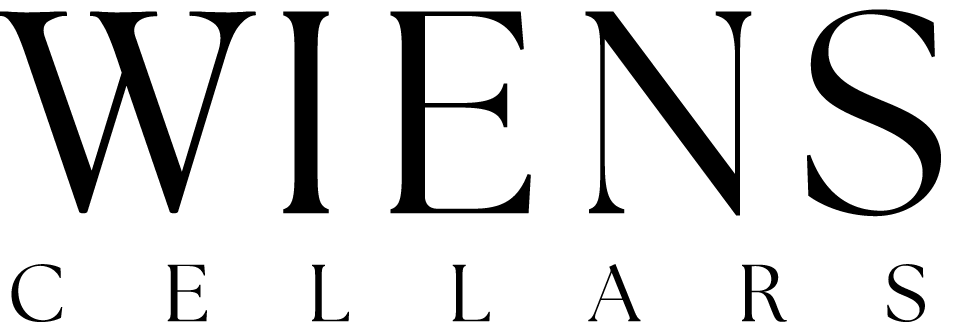BROWSE OUR BLOG

Wine and Cheese from Around the World: A Pairing Guide
The art of pairing wine with cheese is as old as viticulture and cheesemaking themselves, a culinary intertwine

The Art and Science of Barrel Aging: Enhancing Wine Through Time
Barrel aging is more than just a step in winemaking; it’s a transformative process that significantly shapes the

Summer Sipping: Wiens Cellars’ Top Wine Picks for Sunny Days
Summer is the quintessential time to dive into the diverse and refreshing flavors of wine. At Wiens Cellars,
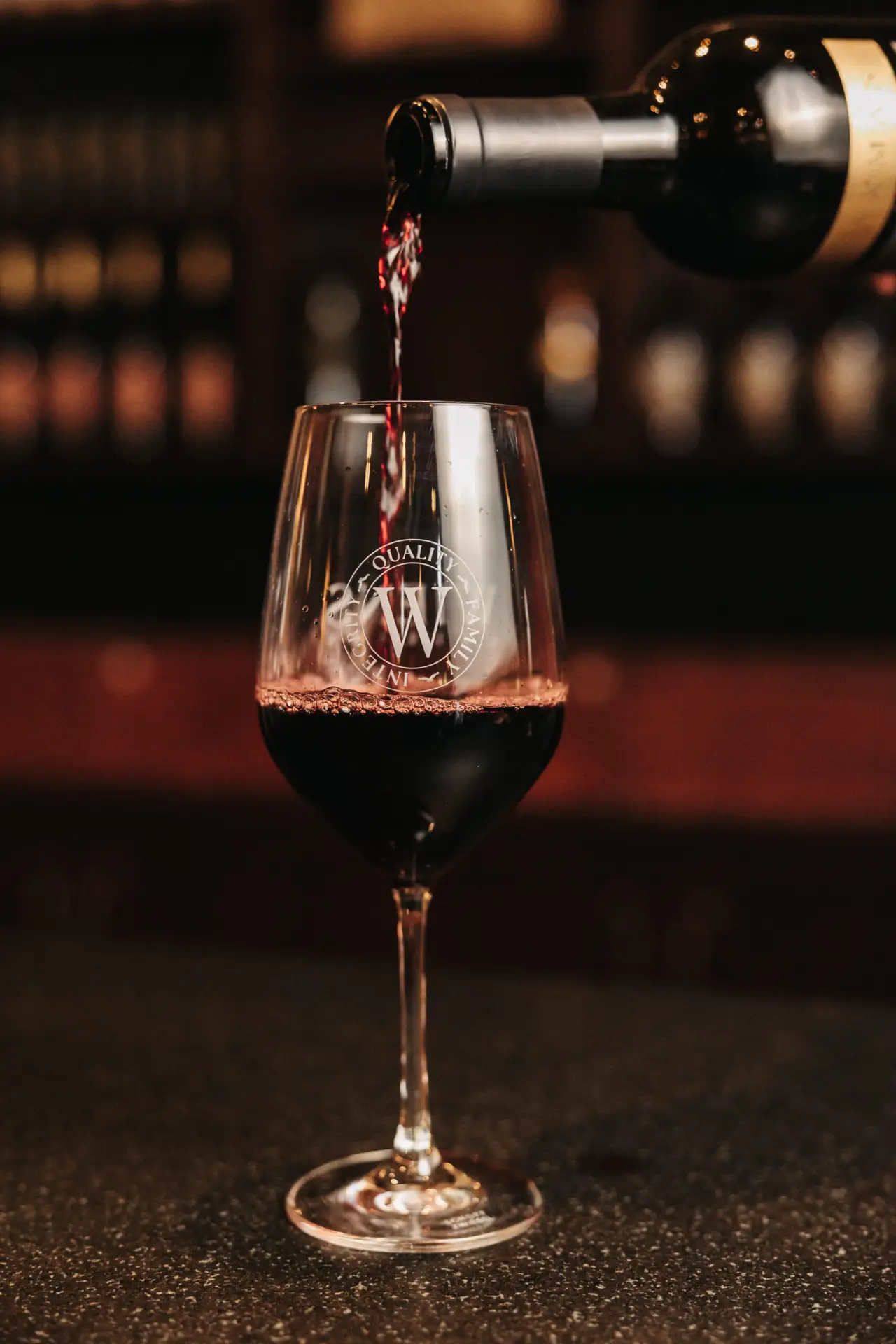
How Different Varietals Enhance Your Home Tasting Party
Hosting a wine tasting party is a delightful way to discover new wines and engage with friends and

Pop Culture’s Influence on Wine Regions
The fascinating interplay between pop culture and wine unveils a tapestry where entertainment shapes consumer tastes and market

Exploring Wine Terroir: A Sense of Place in Winemaking
The concept of terroir transcends simple definitions, embodying the intimate connection between the environment—soil, climate, and landscape—and the
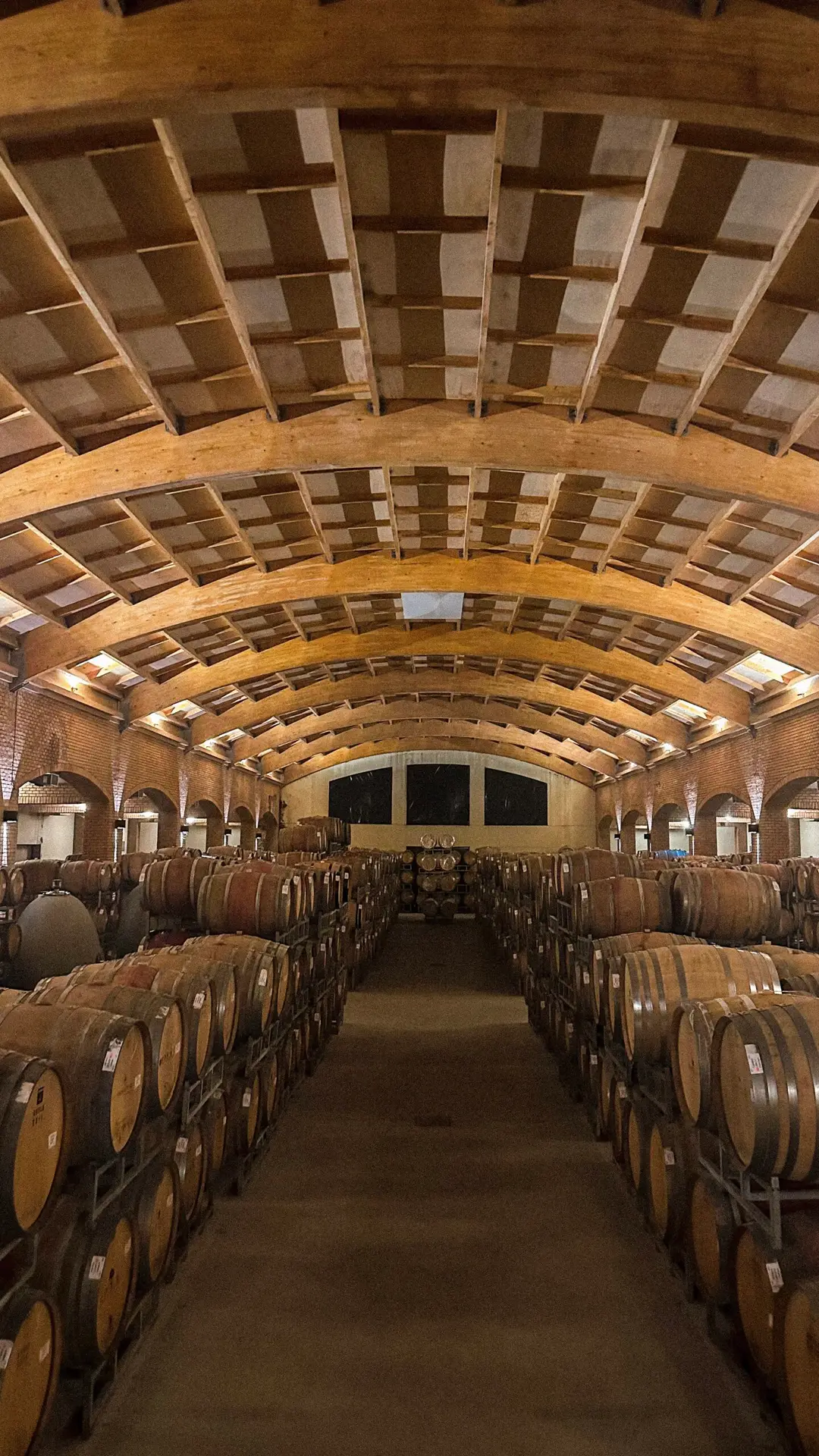
The World of Wine Auctions: A Beginner’s Guide
The world of wine auctions holds an almost mystic allure, blending the excitement of the chase with the
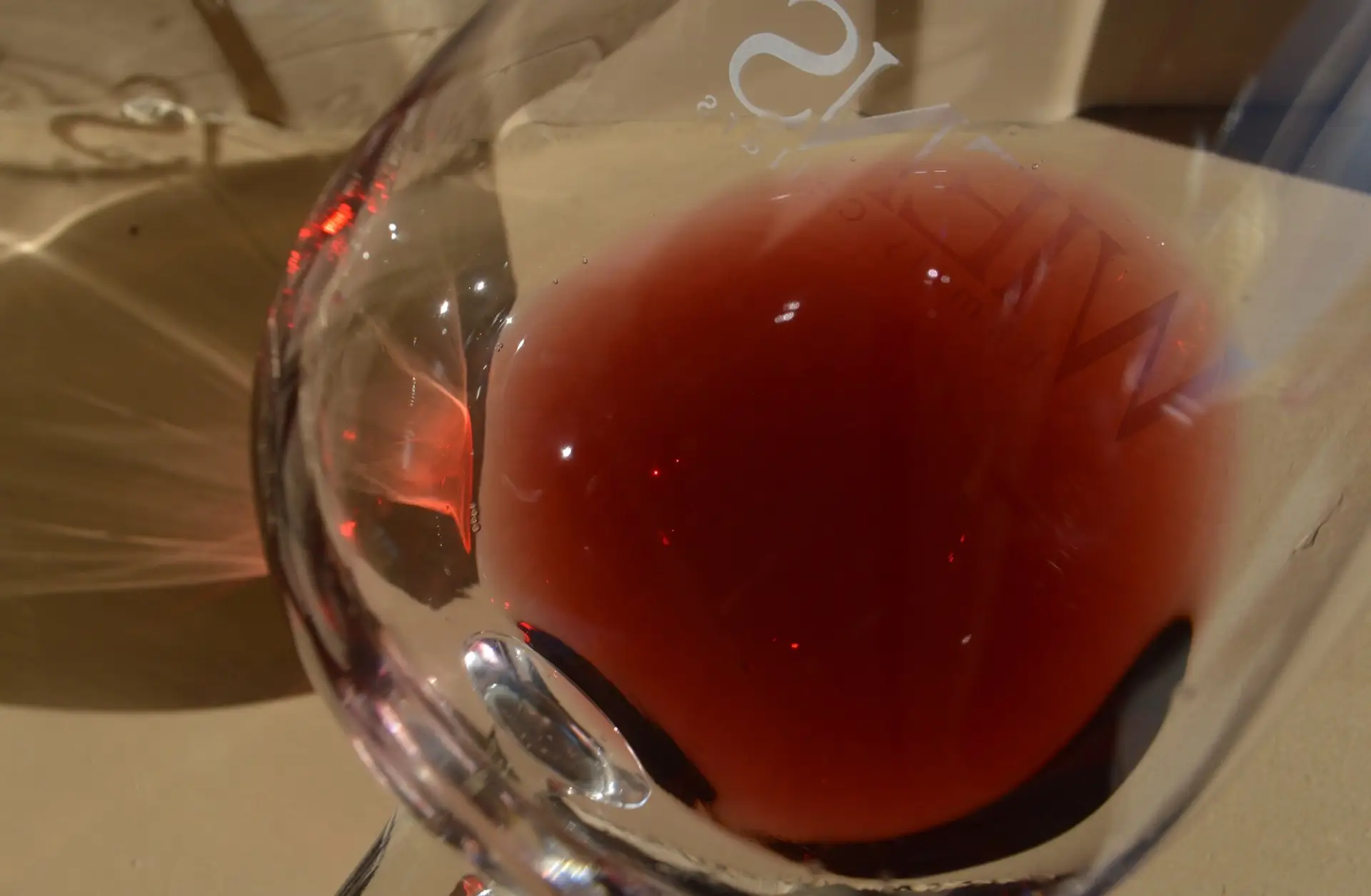
Understanding Wine Acidity: The Backbone of Freshness
Acidity in wine is much more than a mere component of its flavor profile; it is the backbone
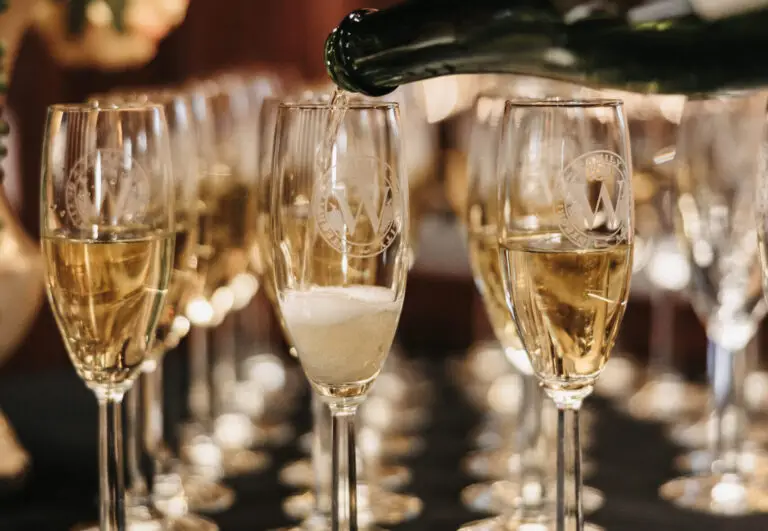
The Process of Creating Sparkling Wine: Beyond Champagne
The world of sparkling wine is as effervescent and varied as the bubbles in your glass. Beyond the
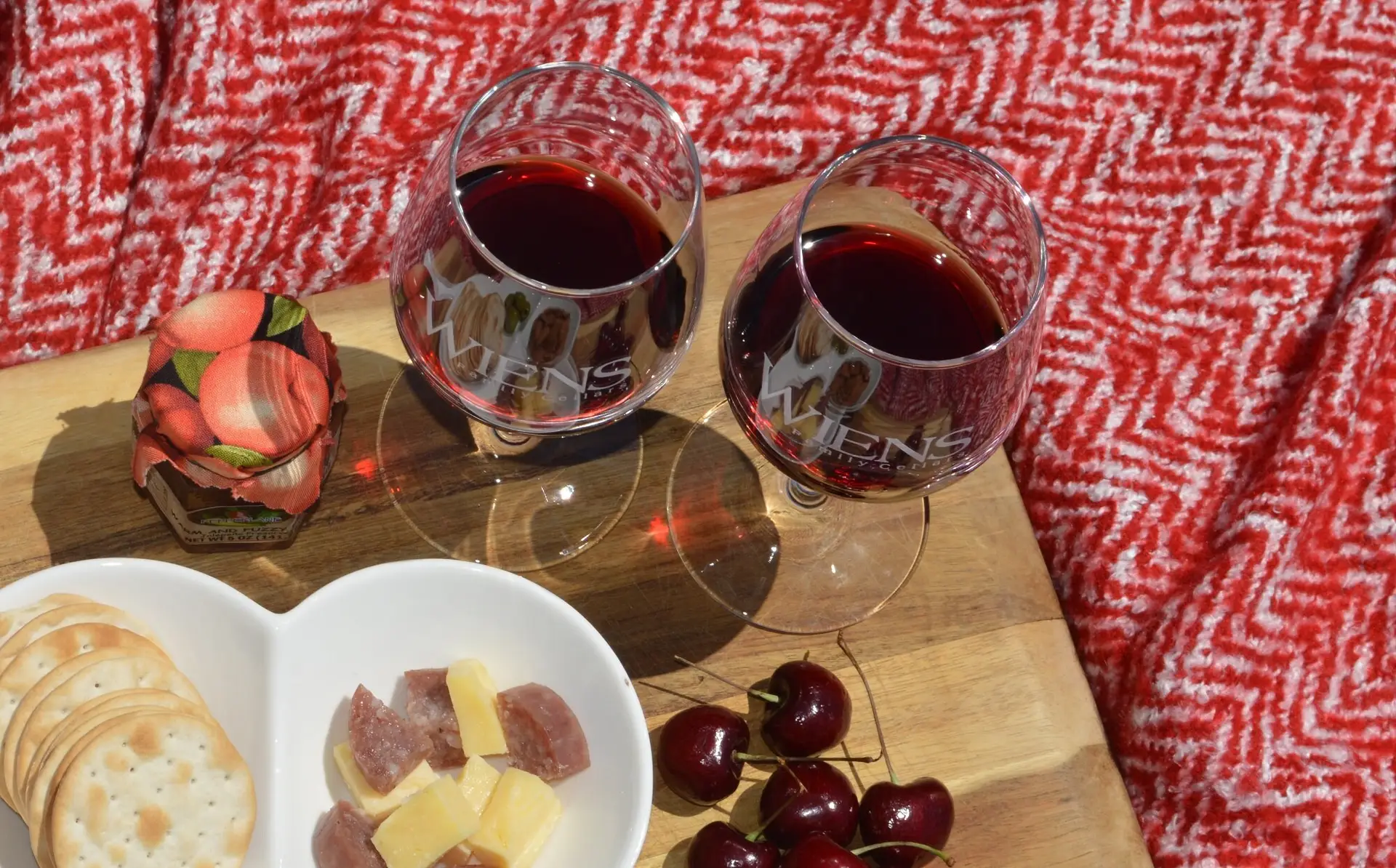
Wine Pairing with Local Cuisines: A Global Guide
The art of pairing wine with food transcends mere culinary practice, embodying a rich tapestry of flavors, cultures,
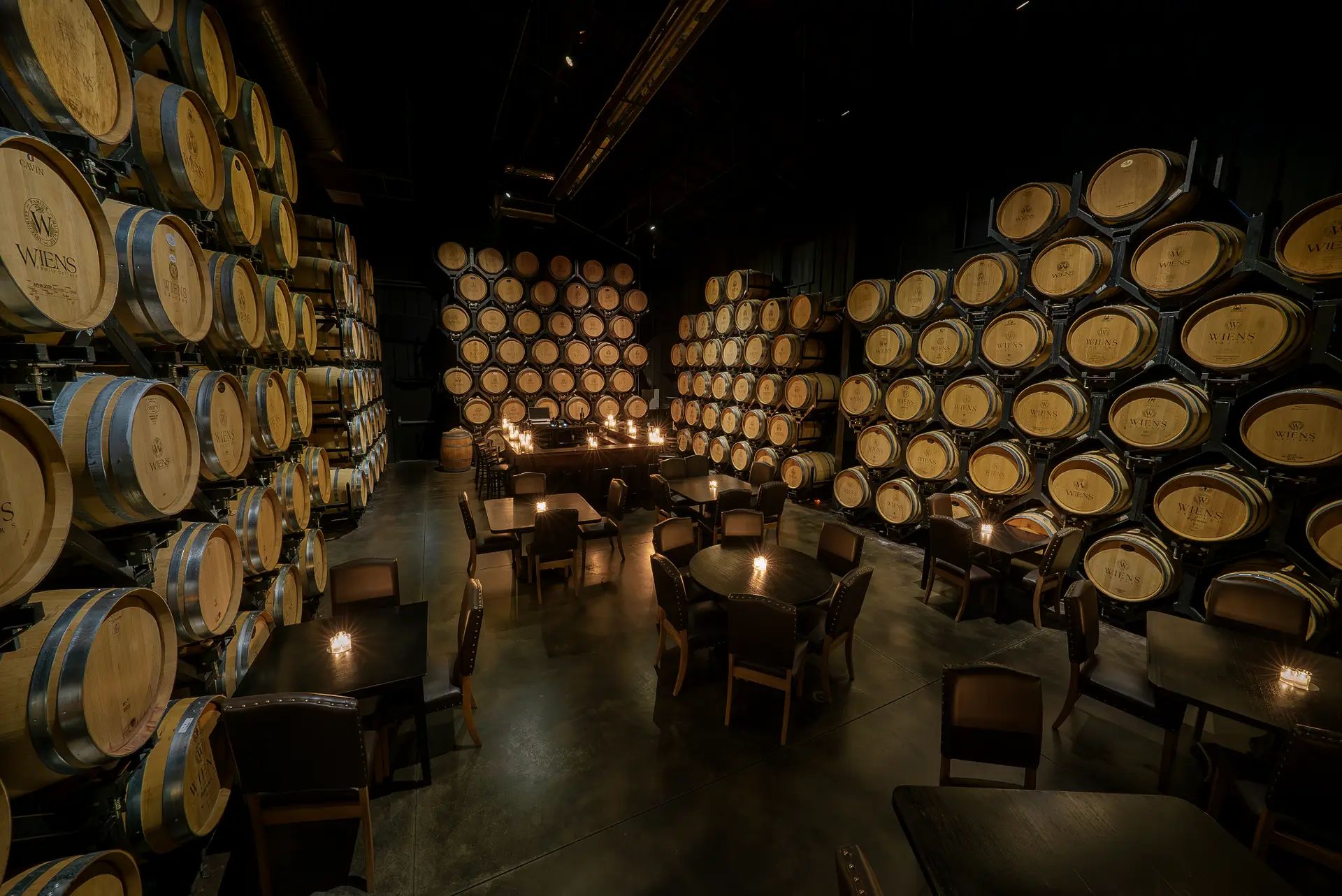
The Art of Blending: Creating Balance in Winemaking
In the vast and nuanced world of winemaking, the art of blending stands as a testament to the
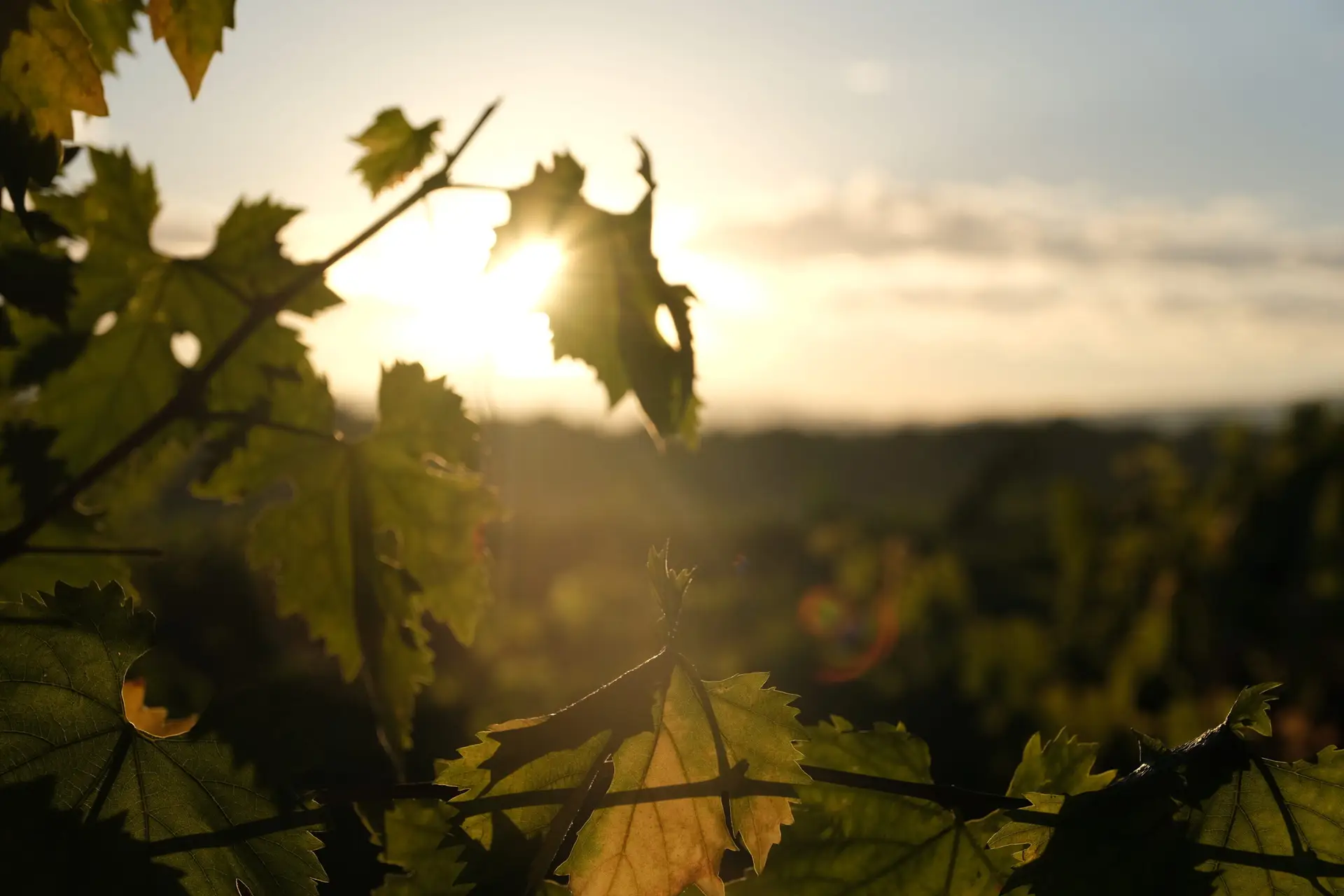
The Journey of a Grape: From Vine to Wine
In the rolling hills of Temecula Valley, a remarkable transformation takes place every year – the journey of
